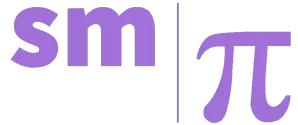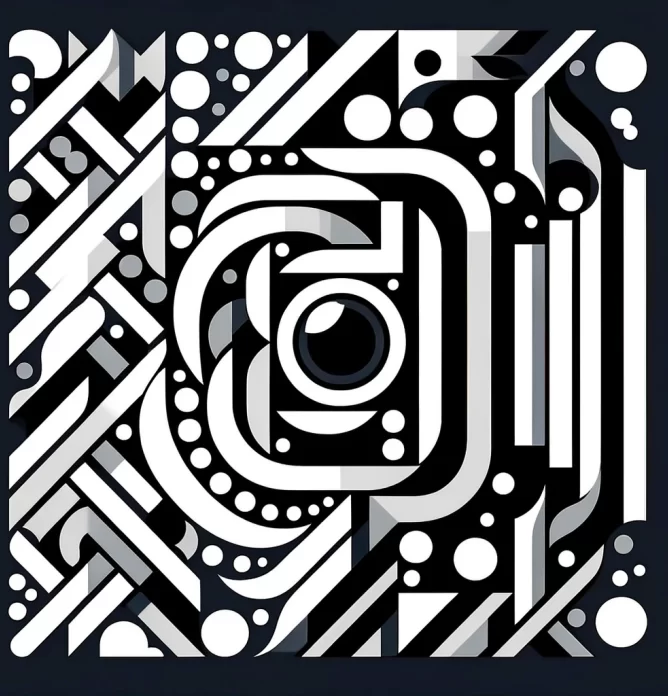While I have no issue with using stock photography for my projects, as should be indicative of some of the images on this site, I still recognize the advantages of having your own content. So, when publishing my guide to digital camera settings, I decided to see what DALL-E would produce for me. I may yet use some actual photography in there, but much of what I had available was already earmarked for other websites. Taking pictures of my camera with my phone did not feel like the best idea either. Creating images of a camera instead of using a camera to create images seemed like a chance for some good meta content, which is hard for me to ever pass up.
I usually like to start simple with prompts, so after feeding ChatGPT the article and finishing with my other tasks, I gave it a short request for two images.
Draw me two images to use for this article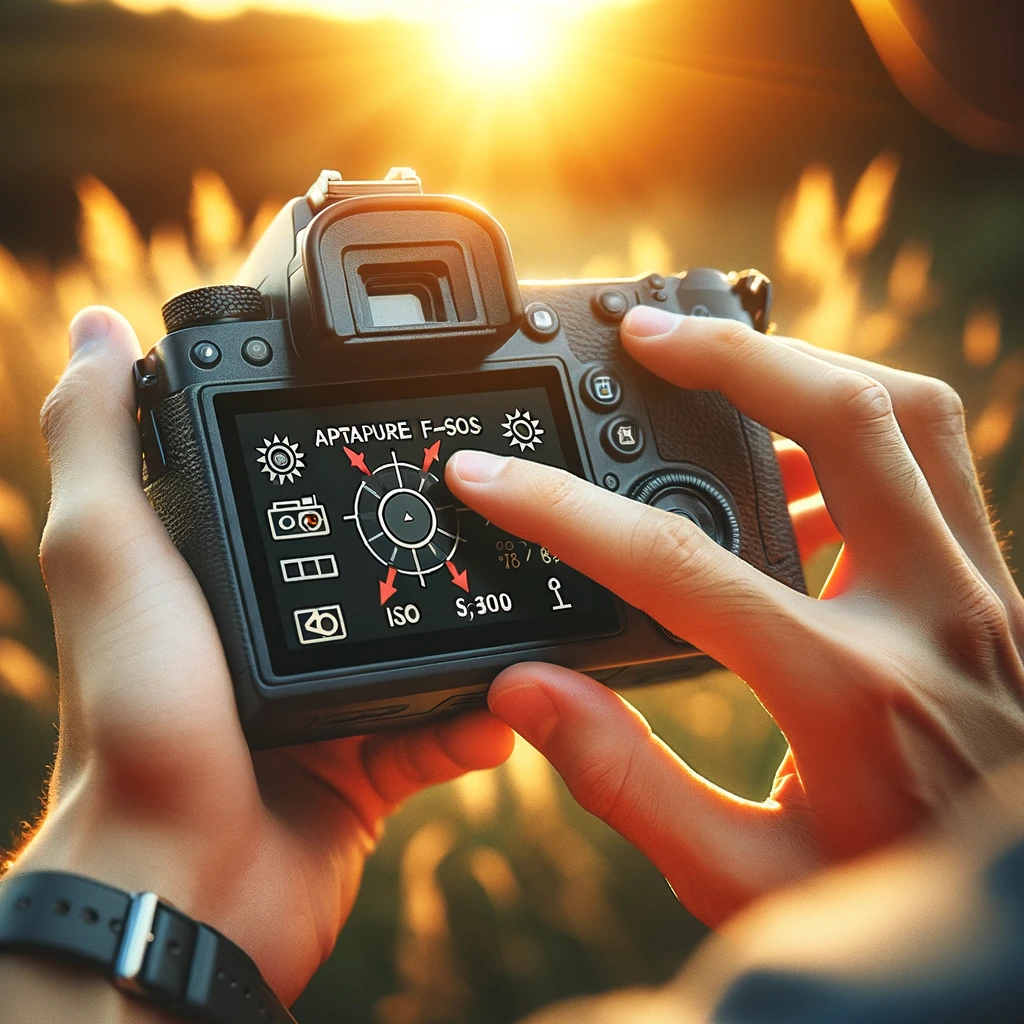
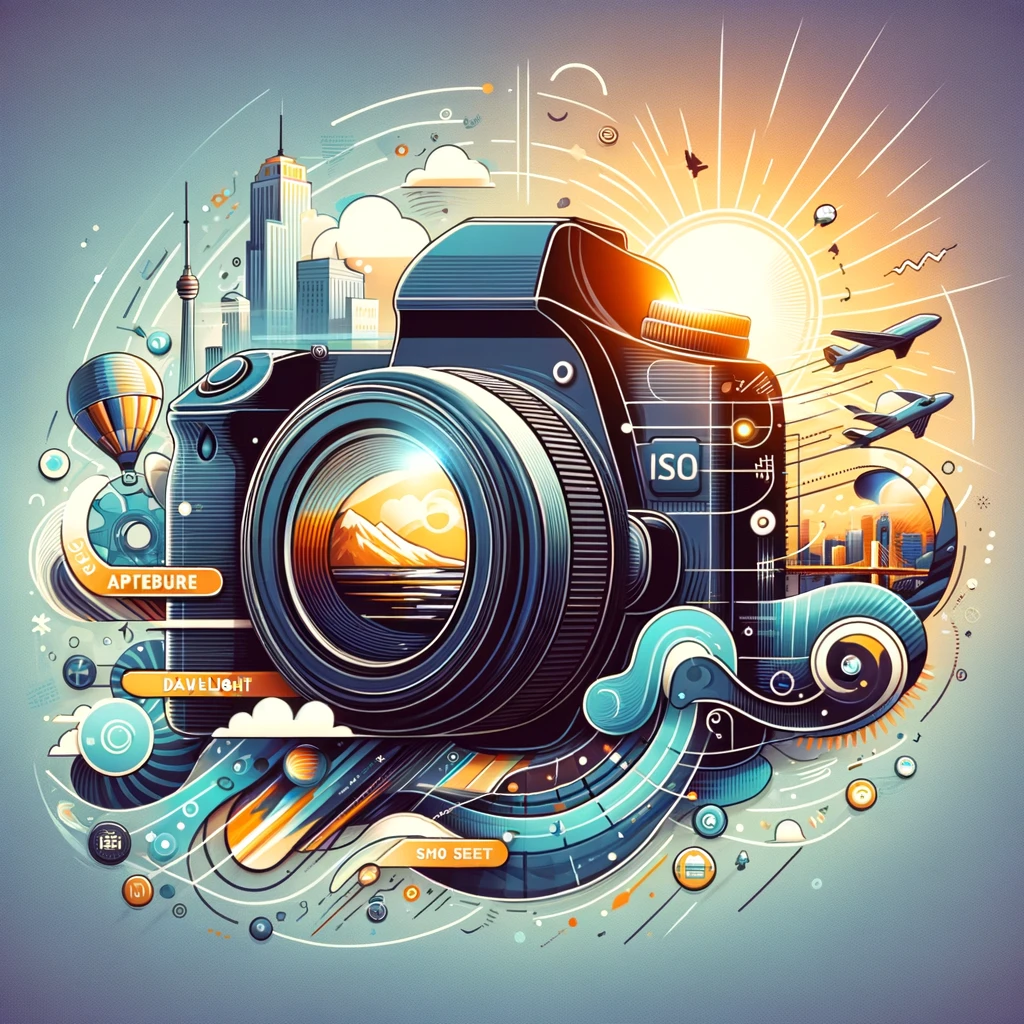
Asking for more than one image is just a bit of bet hedging. It doesn't hurt to allow DALL-E to take a second swing at stuff, but it does seem to take on many more liberties when it comes to the second image. The first one I feel like nails it, at least, if not for the typical issues DALL-E and most all AI image generation tools has with text. I wanted to see if I could get it to do a letter better in that aspect, so I entered in my next prompt.
Create two more images, the only text included should be "ISO" and "F-Stop"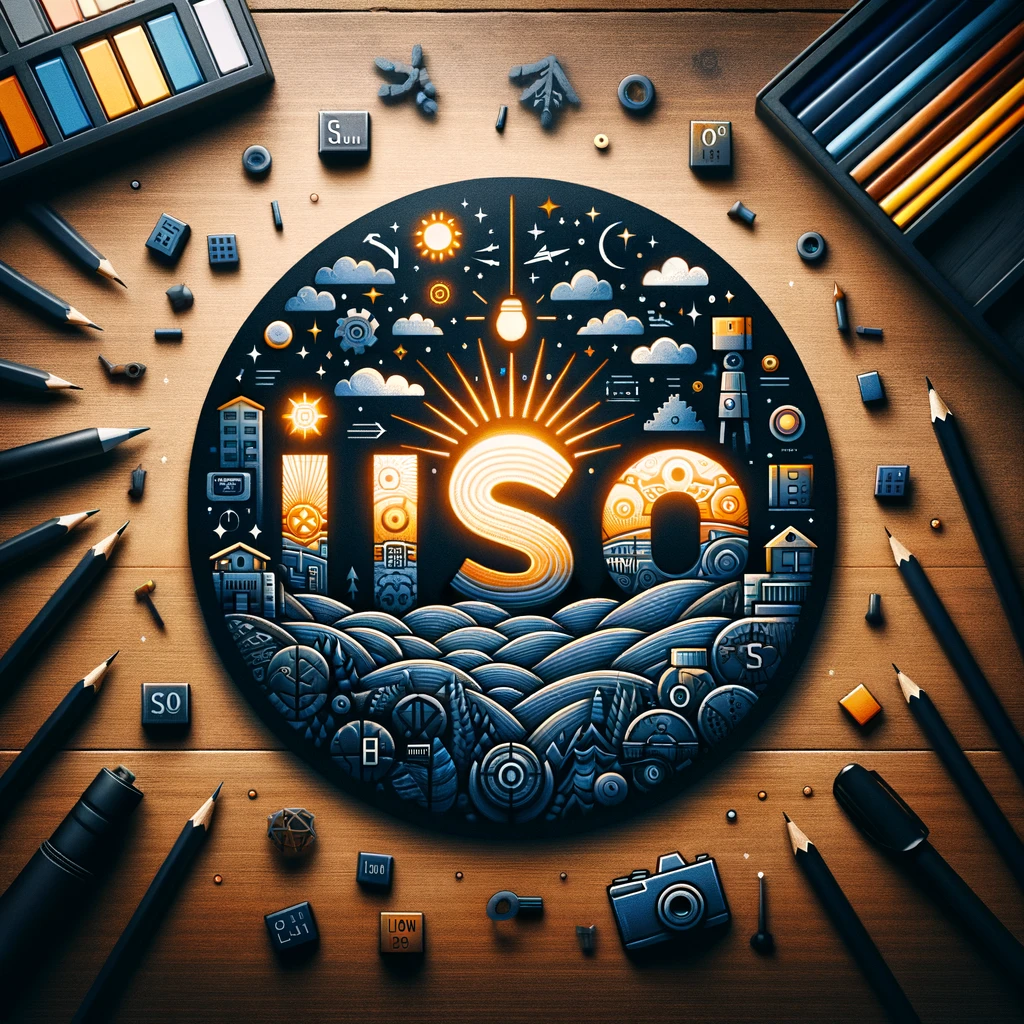
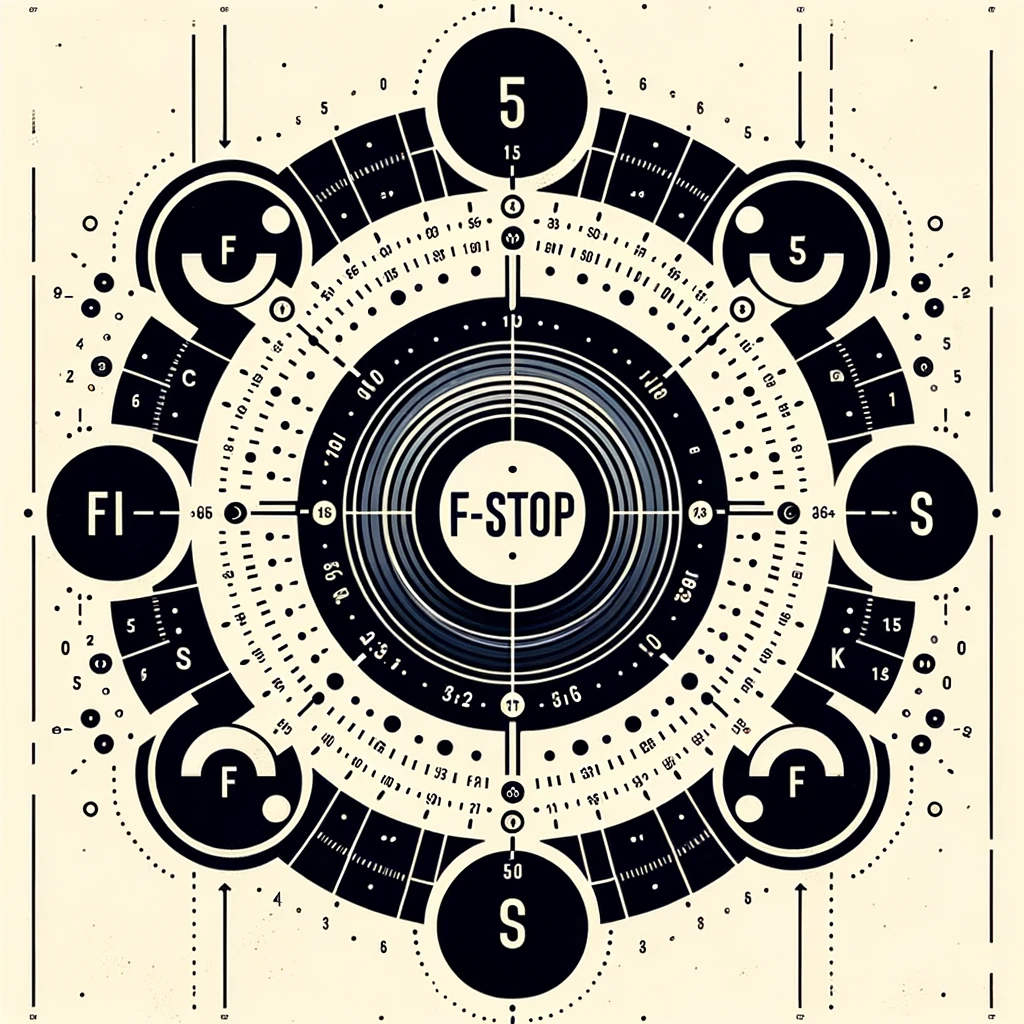
I was expecting too much for sure with this. I was hoping a combination of quotes, simplicity, and low character counts would help DALL-E just enough to be able to pull it off. I do not feel like either, while both not bad images, got close to what I needed. To save myself and DALL-E some frustrating, I decided to go textless.
Do two more images, this time with no text or numerals. Both should match for the final version of the article. Make one of the images photo realistic. The other should be a clever design or pattern.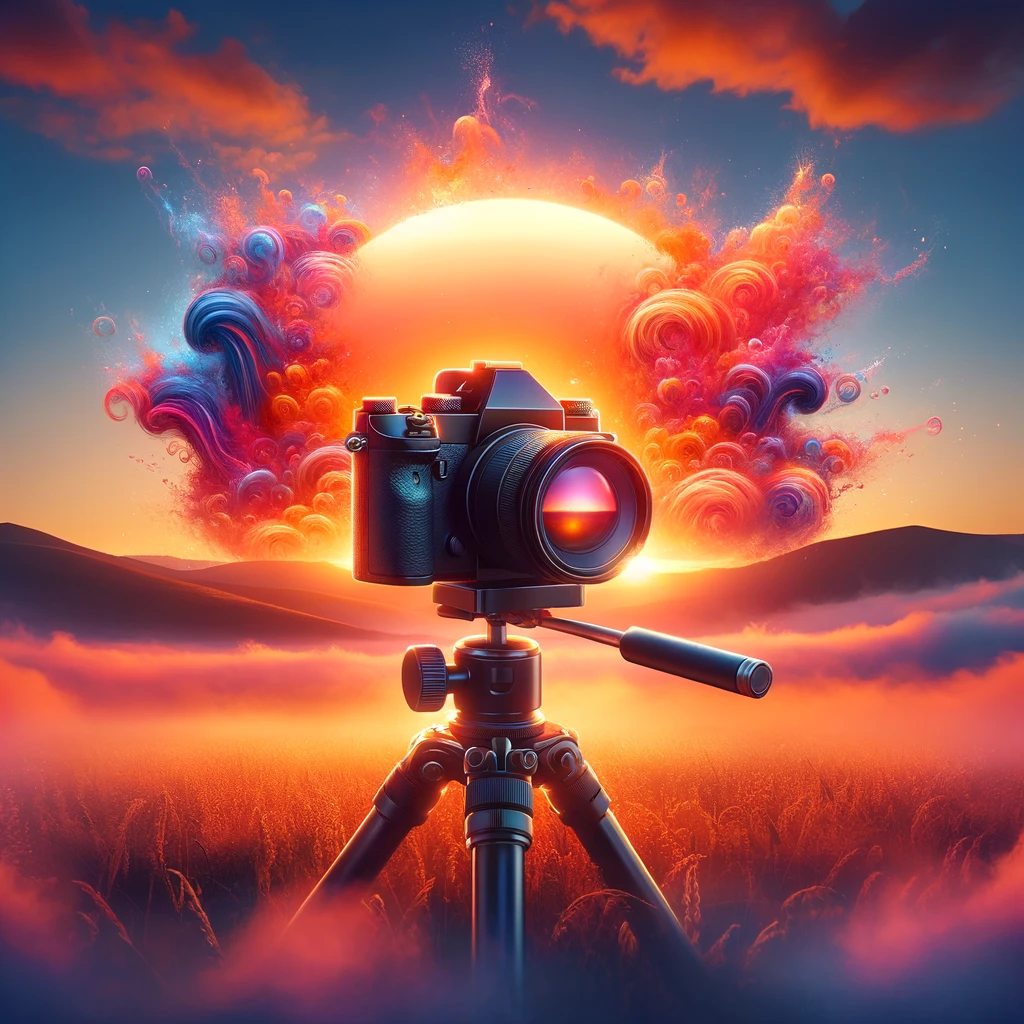
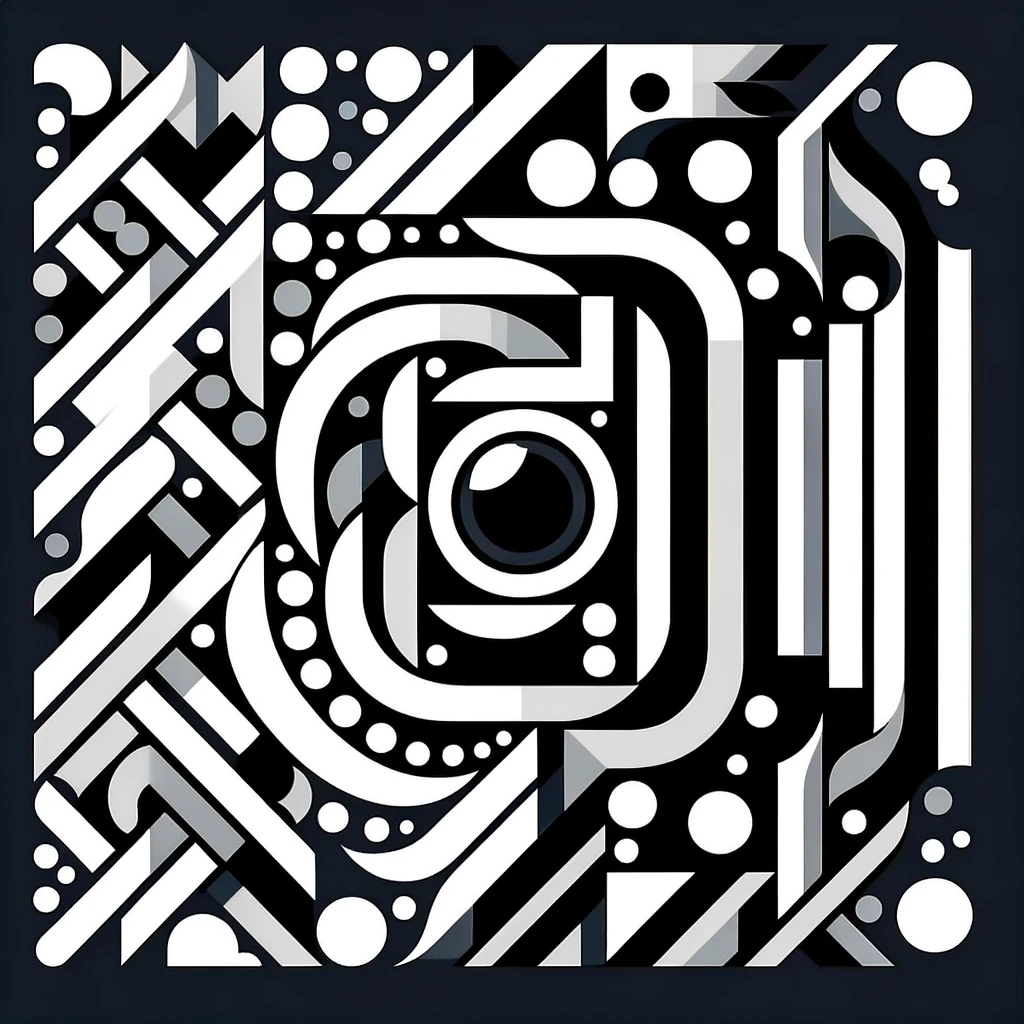
I wanted to make sure it was basing the images off the article still since I fed it quite a few prompts prior at this point. I ask for two images again but give specific instructions for each. The first one has a good image but does not satisfy the "photo realistic" requirement given. The camera looks like it took from real camera designs but nothing I would consider "realistic". The rest of the image is much more artful in what it took from the article, perhaps to avoid using any text from it. The second one came out as I wanted. I'm not sure about the heart design in the bottom left, but otherwise I liked this image a lot. However, it was not what I thought would be a good fit for the article. It would work but I wanted to try for a "photo realistic" image one more time.
Make a photo realistic image of a Canon DSLR camera, with additional lenses, sitting on a shady, dark brown, wooden park table. It should be late afternoon on a warm spring day.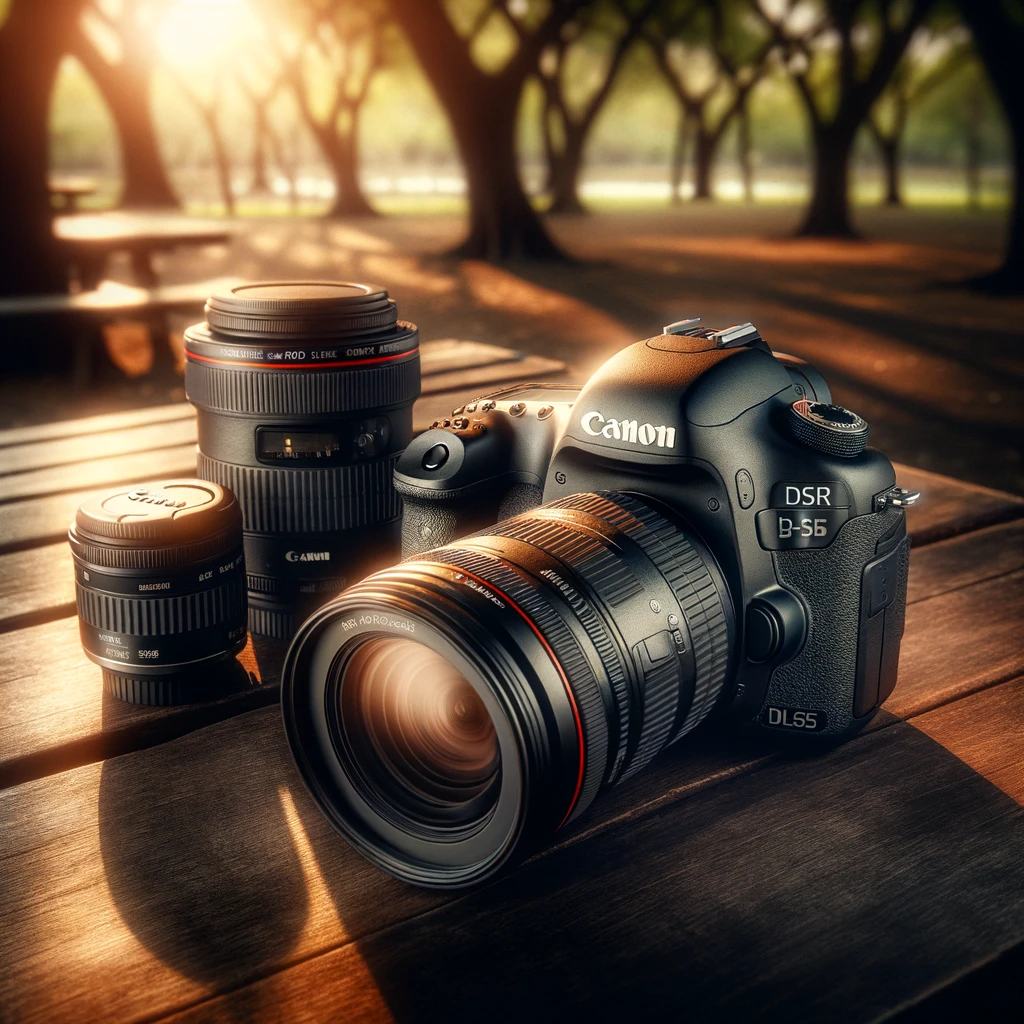
I wanted it to focus efforts on a single drawing, and tried to give it enough directions that would not leave a lot of room for poetic license, so to speak. Working from the inside out, I again asked for a “photo realistic” image and gave it a specific camera brand to work with. I tend to shoot with a Canon, so it seemed a suitable choice. This is followed by the camera’s surroundings, the additional lenses, and a surface for it to sit on with the details filled in. This part came out maybe the best, and it doesn’t seem to be a coincidence that I gave it the most direction. The last part is then the setting for the table, and outer most surroundings. Giving it a time of day and season for the park equipped DALL-E with the information to generate a backdrop for the rest of the image. The text isn’t the best, but it does seem to generate text in images better when working off a logo. This is apparent in the Marilyn Manson t-shirts I created in my earlier DALL-E article.
Overall, I would still recommend using the request for two images to cast a wider net. Starting out simply isn’t bad but to get more usable results, the direction should be more strategic. Start off small to figure out what it is you really want, then paint the picture with words. DALL-E will then be able to execute image generation with a higher precision.
